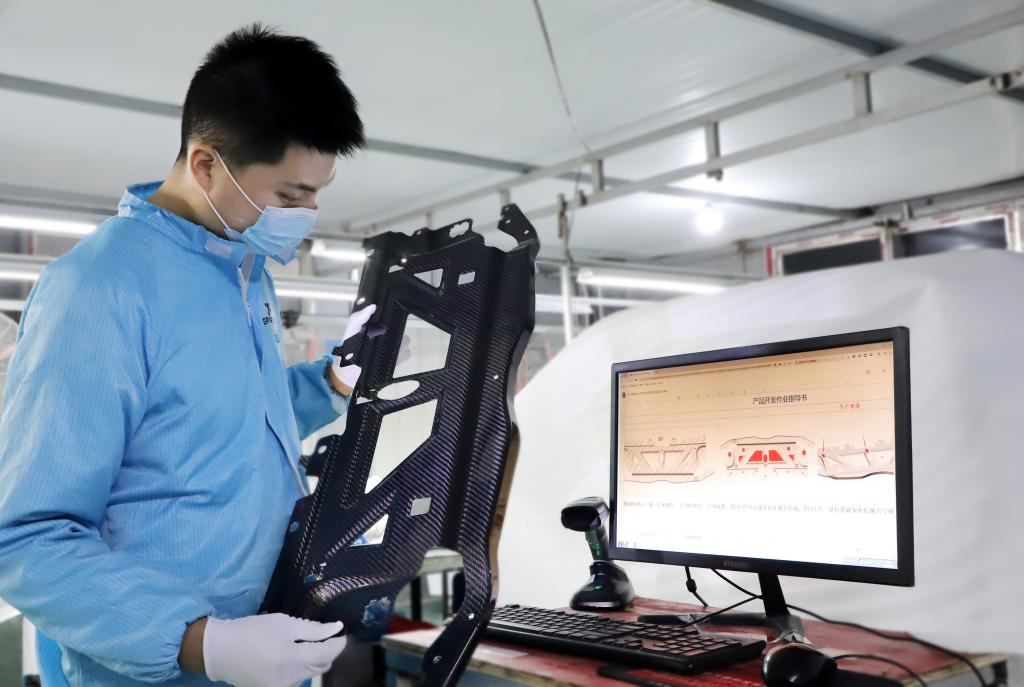
Essential Carbon Fiber Inspection Tools for Reliable Quality Assurance
How Proper Tools and Techniques Ensure Quality, Efficiency, and Customer Trust in Carbon Fiber Manufacturing



 Many aftermarket brands, tuning shops, or even OE clients often focus on the aesthetics: “Does the weave look right?” or “Is the surface glossy enough?” But the real test is: Does it fit precisely? Does it hold under stress? Can it be mass-produced with consistent tolerances? This is where inspection jigs (also known as checking fixtures) become essential—yet they’re often the most overlooked part of the process. The ability of advanced workholding systems to securely hold complex and large parts during inspection is critical, especially when dealing with the unique challenges of composite manufacturing. Efficient loading and unloading of parts into inspection jigs can significantly improve throughput and reduce handling errors, ensuring a smoother workflow. Rigidity in fixturing ensures that dimensional accuracy is maintained throughout the inspection process. One major advantage of using custom inspection jigs is the consistent quality they provide across batches. Inspecting large parts presents unique challenges, but specialized jigs offer a solution by supporting precise and repeatable measurements.
Many aftermarket brands, tuning shops, or even OE clients often focus on the aesthetics: “Does the weave look right?” or “Is the surface glossy enough?” But the real test is: Does it fit precisely? Does it hold under stress? Can it be mass-produced with consistent tolerances? This is where inspection jigs (also known as checking fixtures) become essential—yet they’re often the most overlooked part of the process. The ability of advanced workholding systems to securely hold complex and large parts during inspection is critical, especially when dealing with the unique challenges of composite manufacturing. Efficient loading and unloading of parts into inspection jigs can significantly improve throughput and reduce handling errors, ensuring a smoother workflow. Rigidity in fixturing ensures that dimensional accuracy is maintained throughout the inspection process. One major advantage of using custom inspection jigs is the consistent quality they provide across batches. Inspecting large parts presents unique challenges, but specialized jigs offer a solution by supporting precise and repeatable measurements. This case study serves as an example of how inspection jigs improve quality outcomes. After switching from manual inspection to jig-based validation, pass rate increased to 98%, with zero customer complaints over 6 months of supply.
This case study serves as an example of how inspection jigs improve quality outcomes. After switching from manual inspection to jig-based validation, pass rate increased to 98%, with zero customer complaints over 6 months of supply.
 During manufacturing, carbon fiber parts are carefully processed and inspected at each stage to ensure quality. This attention to detail helps maintain the high standards required for aerospace applications.
During manufacturing, carbon fiber parts are carefully processed and inspected at each stage to ensure quality. This attention to detail helps maintain the high standards required for aerospace applications.

Introduction: Why Inspection Tools Matter in Carbon Fiber Production
In the competitive world of high-performance carbon fiber composites, inspection jigs are not just tools—they are the foundation of quality assurance. As carbon fiber parts become increasingly prevalent in aerospace, automotive, and industrial sectors, precise and reliable inspection jigs are essential to guarantee consistent strength, exact fitment, and long-term durability. Modern inspection jigs incorporate advanced features such as digital measurement systems, real-time feedback, and modular designs, enabling thorough and efficient quality control throughout the manufacturing process. The engineering expertise required to design and implement these advanced inspection tools ensures that even the most complex carbon fiber components meet stringent quality standards. From the initial curing stage to CNC trimming and final ultrasonic testing, every production step relies on accurate inspection jigs to verify dimensional accuracy and assembly readiness. Innovative inspection solutions have been developed to address the unique challenges of carbon fiber production, ensuring reliable results at every stage. This article dives into the critical role of inspection jigs in carbon fiber manufacturing and how industry-leading factories like ours implement them effectively at scale.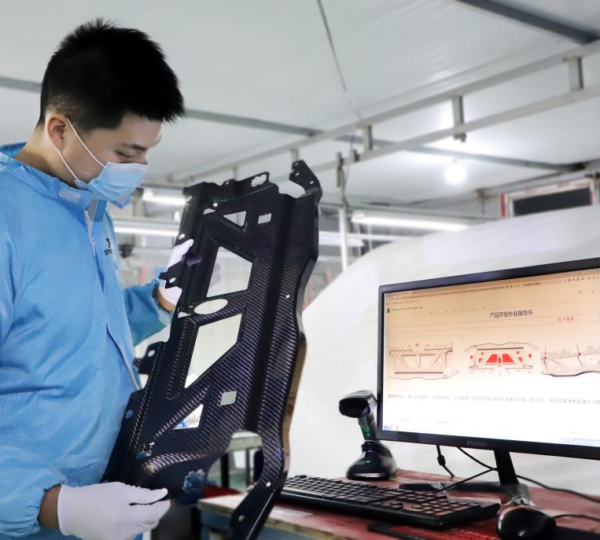
Introduction to Composite Materials and Their Significance in Modern Manufacturing
Composite materials, especially carbon fiber composites, have transformed the landscape of modern manufacturing by offering a unique combination of high strength, lightweight construction, and exceptional stiffness. These advanced materials are engineered by embedding strong carbon fibers within a matrix of resins—most commonly epoxy—through a carefully controlled curing process. This synergy results in composite parts that not only withstand high temperatures but also deliver superior performance in demanding applications. The production of carbon fiber composites relies heavily on specialized composite tooling, often made from carbon fiber itself or lightweight metals like aluminum. Such tooling ensures that the curing process yields parts with precise dimensions and consistent material properties. The ability to produce complex shapes with minimal weight makes carbon fiber composites the material of choice for industries ranging from aerospace and automotive to consumer electronics and sporting goods. By leveraging the inherent advantages of composite materials—such as their high modulus, resistance to corrosion, and dimensional stability—manufacturers can achieve significant improvements in fuel efficiency, product durability, and overall system performance. As a result, the adoption of carbon fiber composites and advanced composite tooling continues to accelerate, driving innovation and setting new standards for quality and efficiency in modern production environments.Understanding Carbon Fiber & Its Role in Composite Manufacturing
Carbon fiber composites are prized for their exceptional strength-to-weight ratio, dimensional stability, and heat resistance. These advanced materials consist of multiple carefully layered plies, with each layer's properties—such as orientation, material type, and thickness—playing a crucial role in the composite's overall mechanical performance. Understanding the characteristics of individual layers is essential for effective machining and tooling strategies. The matrix material is typically a plastic, such as epoxy resin, which binds the high modulus carbon fibers together to achieve remarkable stiffness and durability, even under high temperatures. The manufacturing of carbon fiber parts—whether carbon fiber plates, tubes, or molded components—demands rigorous control over temperature, pressure, and curing time. Carbon fiber plates are commonly manufactured for structural applications due to their high strength, stiffness, and favorable strength-to-weight ratios. Even minor deviations during these processes can result in defects such as delamination, voids, or structural weaknesses. Because of this, precise inspection jigs and measurement tools are indispensable throughout production to ensure every part meets exact specifications. Inspection jigs must accommodate the delicate layering and tight tolerances inherent to carbon fiber composites, helping to detect any deviations early and prevent costly failures downstream.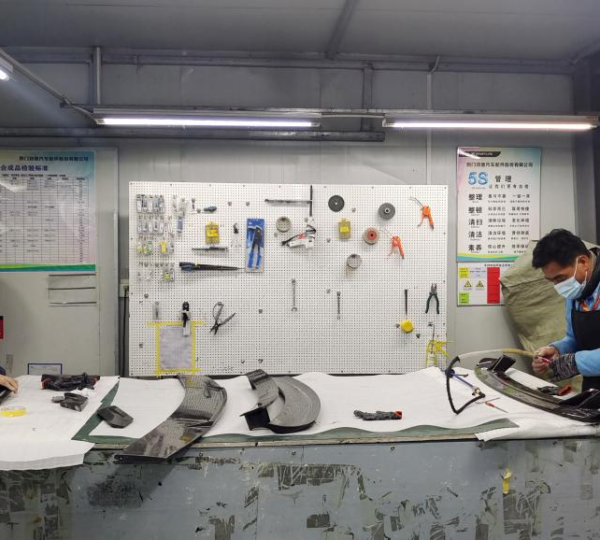
Key Manufacturing Steps that Require Precise Inspection
Resin Infusion & Vacuum Bagging Inspection
Resin infusion and vacuum bagging require uniform pressure and perfect sealing to avoid air pockets that weaken part strength. Heated molds are sometimes used during resin infusion to improve resin flow and ensure consistent curing throughout the part. Advanced inspection tools like infrared thermography and leak detectors are commonly used at this stage to ensure flawless resin distribution and airtight sealing.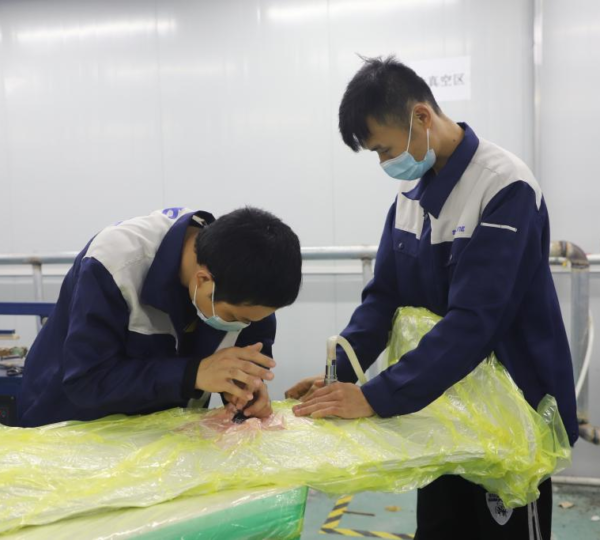
Tooling and Fixturing Accuracy
The precision of molds and tooling directly affects the shape and dimensional consistency of carbon fiber parts. The form of inspection jigs and molds is carefully designed to achieve precise part geometries and ensure that each component meets exact specifications. High-accuracy Coordinate Measuring Machines (CMMs) and digital calipers serve as essential inspection tools to verify tooling repeatability and maintain tight tolerances throughout production.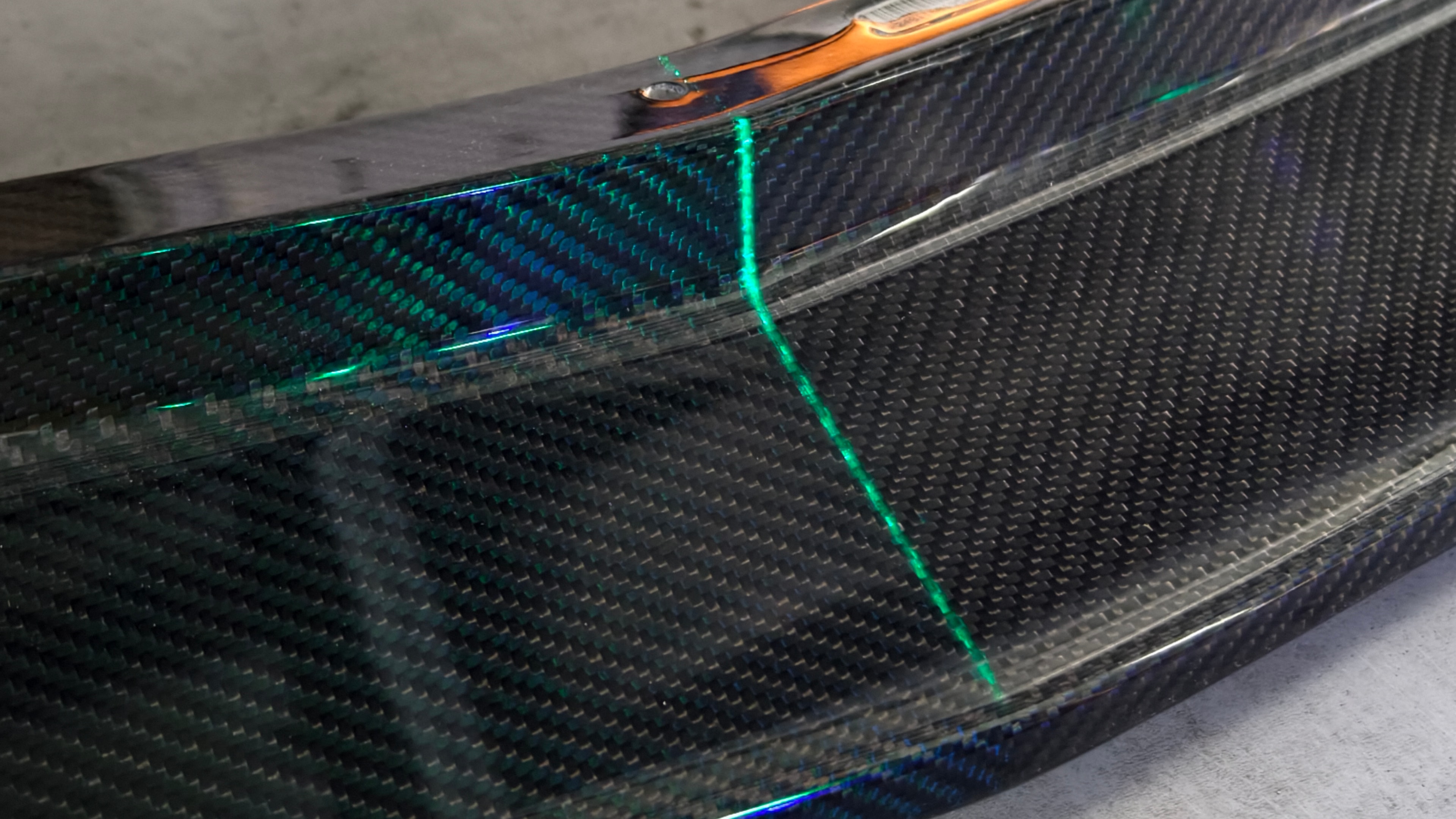
CNC Machining & Post-Processing Quality Control
Due to carbon fiber’s abrasive nature and its composition of multiple layers, selecting appropriate tooling materials—such as diamond-coated cutting tools—is critical to prevent fiber fraying, delamination, and edge chipping. Machining carbon fiber requires careful consideration of the different layers within the composite to avoid damage. Tool wear is monitored in real-time via in-line inspection stations to maintain machining accuracy and tool life. Drilling and other post-processing steps require precise inspection to avoid delamination and ensure hole quality. Specialized tooling is necessary to handle such materials due to their abrasive properties. The choice of CNC machines and setup parameters significantly impacts the inspection’s effectiveness and final part quality. Advanced manufacturing techniques, including injection molding and compression molding, produce carbon fiber components with excellent mechanical properties. Correspondingly, inspection tools and quality control methods continuously evolve to match these processes, ensuring consistent, high-quality results.Workholding, Fixturing, and the Critical Role of Inspection Jigs
When it comes to high-precision carbon fiber components, a perfect surface finish isn’t enough. What truly defines quality is whether the part can be installed accurately, repeatedly, and securely—especially in batch production.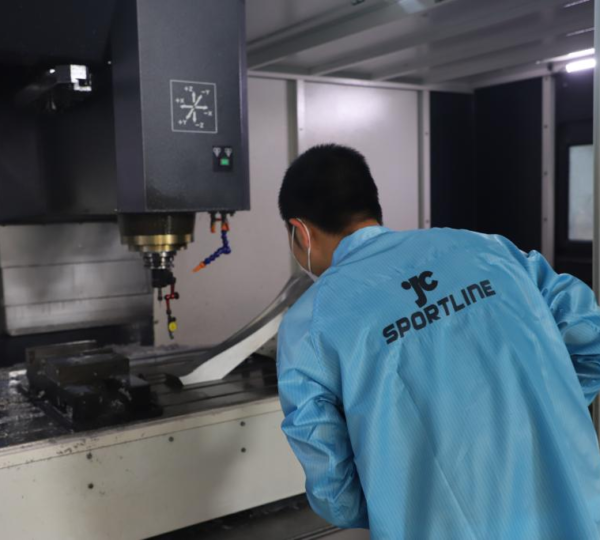 Many aftermarket brands, tuning shops, or even OE clients often focus on the aesthetics: “Does the weave look right?” or “Is the surface glossy enough?” But the real test is: Does it fit precisely? Does it hold under stress? Can it be mass-produced with consistent tolerances? This is where inspection jigs (also known as checking fixtures) become essential—yet they’re often the most overlooked part of the process. The ability of advanced workholding systems to securely hold complex and large parts during inspection is critical, especially when dealing with the unique challenges of composite manufacturing. Efficient loading and unloading of parts into inspection jigs can significantly improve throughput and reduce handling errors, ensuring a smoother workflow. Rigidity in fixturing ensures that dimensional accuracy is maintained throughout the inspection process. One major advantage of using custom inspection jigs is the consistent quality they provide across batches. Inspecting large parts presents unique challenges, but specialized jigs offer a solution by supporting precise and repeatable measurements.
Many aftermarket brands, tuning shops, or even OE clients often focus on the aesthetics: “Does the weave look right?” or “Is the surface glossy enough?” But the real test is: Does it fit precisely? Does it hold under stress? Can it be mass-produced with consistent tolerances? This is where inspection jigs (also known as checking fixtures) become essential—yet they’re often the most overlooked part of the process. The ability of advanced workholding systems to securely hold complex and large parts during inspection is critical, especially when dealing with the unique challenges of composite manufacturing. Efficient loading and unloading of parts into inspection jigs can significantly improve throughput and reduce handling errors, ensuring a smoother workflow. Rigidity in fixturing ensures that dimensional accuracy is maintained throughout the inspection process. One major advantage of using custom inspection jigs is the consistent quality they provide across batches. Inspecting large parts presents unique challenges, but specialized jigs offer a solution by supporting precise and repeatable measurements.Why Inspection Jigs Are Essential:
For structural parts like:- Mirror caps with internal clips
- Door panels
- Spoiler brackets
- Dashboard inserts
- Misaligned holes
- Angle errors
- Uneven mating surfaces
Our Approach at JCSPORTLINE:
We integrate inspection jigs into every precision-based project. Specialized inspection services are available to support quality assurance throughout the production process. Here’s how it works:- CNC Trimming with ±0.3mm AccuracyEach part is trimmed using CNC routers for consistency in edge quality and hole positioning.
- Custom-Made Checking FixturesFor every structural part, we design a matching jig to verify fitment at all key assembly points.
- Digital RecordkeepingJig dimensions and results are archived for batch traceability and future optimization.
✅ Case Study: BMW Mirror Cap Replacement Clips
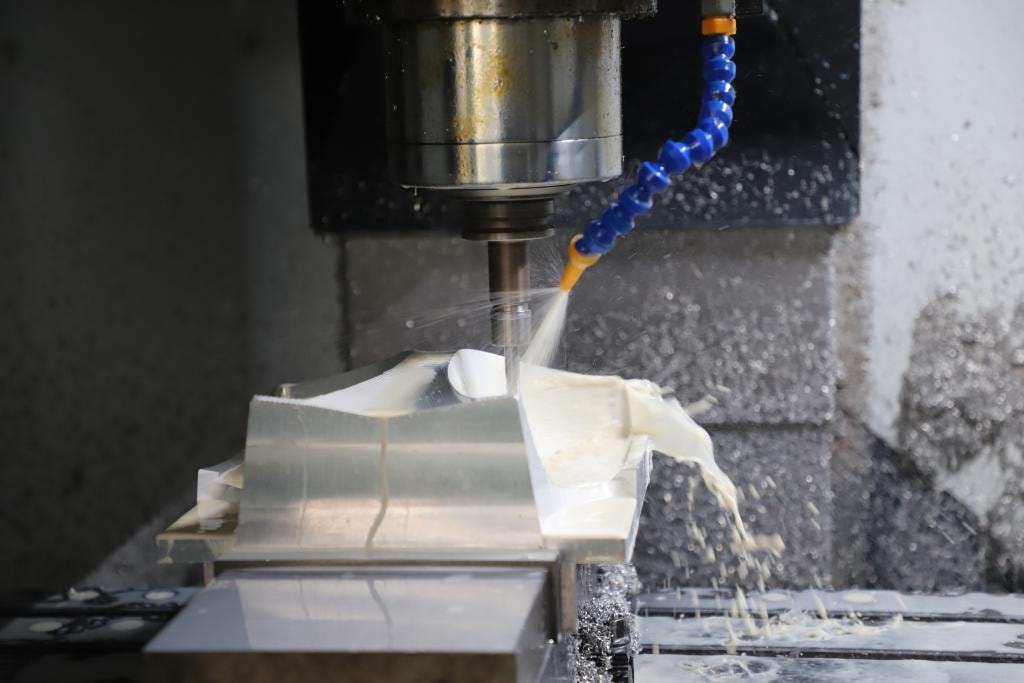 This case study serves as an example of how inspection jigs improve quality outcomes. After switching from manual inspection to jig-based validation, pass rate increased to 98%, with zero customer complaints over 6 months of supply.
This case study serves as an example of how inspection jigs improve quality outcomes. After switching from manual inspection to jig-based validation, pass rate increased to 98%, with zero customer complaints over 6 months of supply.The Customer Value Behind This Process:
| Technical Process | Customer Benefit |
|---|---|
| CNC trimming | Improved part-to-part consistency, faster assembly, less manual labor |
| Inspection jigs | Reliable batch performance, fewer surprises during installation. These inspection processes provide effective solutions for maintaining quality and reducing costs. |
| Data traceability | Aligned with OE documentation and compliance standards |
| Cost control | Reduced rework, fewer returns, and more stable delivery timelines |
Cutting Edge Technology in Carbon Fiber Manufacturing
High-end carbon fiber production is no longer about trial-and-error. At JCSPORTLINE and other modern composite facilities, we utilize:- Advanced CNC Routers with Real-Time Feedback Systems
- Diamond-Coated Cutting Tools for longer life and cleaner edges
- Temperature-Stable Fixtures to avoid dimensional shift during machining
- Resin Flow Monitoring Tools to ensure complete infusion during molding
Material Properties That Affect Machining and Inspection
Understanding the material behavior of carbon fiber under machining stress is crucial:- Stiffness & Brittleness require careful toolpath strategies
- Low Thermal Expansion allows for dimensional stability, but makes heat buildup during machining more dangerous
- Layer Orientation (0°/90°/±45°) can cause unexpected edge tear if not compensated for
Design and Manufacturing Considerations for Inspection Tools
Designing and manufacturing inspection tools for carbon fiber and other composite materials requires a deep understanding of both the materials being inspected and the demands of the inspection process itself. The choice of tooling material—whether carbon fiber, aluminum, or another stable substrate—must align with the composite’s properties to ensure compatibility and maintain dimensional stability throughout the inspection cycle. A critical factor is the curing process, as both the inspection tool and the composite part must retain their precise shapes and tolerances after exposure to heat and pressure. Materials with low thermal expansion, such as carbon fiber and certain aluminum alloys, are preferred for their ability to maintain accuracy even as workshop temperatures fluctuate. This stability is essential for achieving higher precision in quality checks and for maintaining the integrity of the inspection results over repeated use. Additionally, the design of the inspection tool must account for the unique characteristics of composite materials, including their stiffness, strength, and anisotropic behavior. Tools must be robust enough to withstand the mechanical loads imposed during inspection without deforming, while also being lightweight and easy to handle. By carefully considering these factors, manufacturers can develop inspection tools that deliver reliable, repeatable results—ensuring that every carbon fiber part meets the highest standards of quality and performance.Applications: Why Fitment Accuracy Matters in the Real World
- Carbon fiber components are used in mission-critical environments like:
- OEM aero upgrades
- Track car interiors
- Weight-reduction kits for EVs
- Custom aftermarket body kits
Inspection and Quality Assurance: Beyond Visual Checks
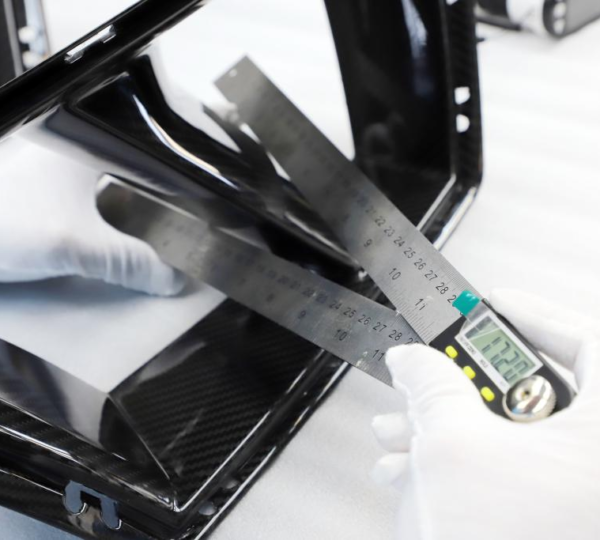 During manufacturing, carbon fiber parts are carefully processed and inspected at each stage to ensure quality. This attention to detail helps maintain the high standards required for aerospace applications.
During manufacturing, carbon fiber parts are carefully processed and inspected at each stage to ensure quality. This attention to detail helps maintain the high standards required for aerospace applications.Inspection Beyond Visual Checks in High-Volume and OE-Level Carbon Fiber Production
In high-volume supply chains and OE-level projects, inspection goes well beyond surface appearance such as bubbles or weave alignment. Many manufacturers outsource calibration and maintenance of inspection equipment to ensure measurement accuracy and strict compliance with industry standards. When it comes to inspection jigs, traditional materials like steel and Invar are favored for their durability and thermal stability. However, advanced composite inspection jigs are increasingly adopted due to their lighter weight and lower thermal expansion, offering improved performance and easier handling. Many of these advanced composites use plastic matrices reinforced with fibers, which help achieve the desired balance of strength and weight. A comparison of metals versus composites reveals trade-offs in cost, lifespan, and dimensional stability over repeated production cycles.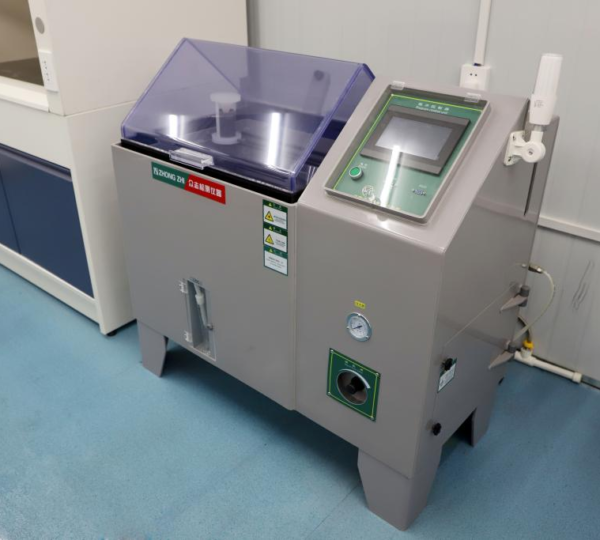
Advanced Inspection Technologies for Quality Assurance
- Ultrasonic flaw detection effectively identifies hidden defects such as voids or delamination that could threaten structural integrity.
- Coordinate Measuring Machines (CMMs) verify part dimensions against CAD models, with features like automated scanning and digital data archiving enhancing traceability.
- Go/No-Go fixtures provide fast, reliable tolerance checks for assembly points, with modular designs enabling quick adaptation to different part geometries.
- Surface hardness testing confirms proper resin curing and mix quality, addressing common issues in composite manufacturing.
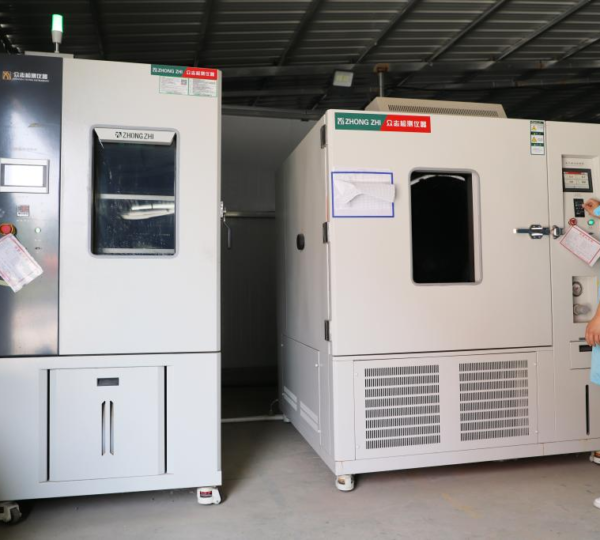
Tool Life and Management for Carbon Fiber Inspection Jigs
In the realm of carbon fiber inspection jigs, tool life management is critical. The manufacture of inspection jigs requires careful material selection and precision engineering to ensure durability and performance. Inspection jigs undergo frequent use and must maintain dimensional accuracy to ensure precise fitment checks. Regular maintenance, calibration, and timely replacement of jig components prevent measurement drift and ensure consistent quality control. Employing diamond-coated and wear-resistant materials in jig fabrication extends their lifespan and reliability.Cutting-Edge Technology in Carbon Fiber Inspection Tools
Modern inspection jigs and fixtures leverage advanced manufacturing technologies. New inspection jig technologies have been developed to further improve accuracy and efficiency. Using CNC machining with tight tolerances ensures jigs precisely replicate part geometry for accurate inspection. Integrating digital measurement systems and real-time feedback improves inspection efficiency and reduces human error. Such technology adoption is essential to uphold quality assurance in high-volume carbon fiber production.Importance of Material Properties in Inspection Jig Design
Inspection jigs must consider the material properties of carbon fiber parts they measure. Jigs must accommodate variations in part thickness to ensure accurate measurements. Factors like thermal expansion and surface finish influence jig design to avoid distortion during inspection. Using stable, low-expansion materials in jig construction guarantees consistent measurements, even under varying workshop temperatures.Applications: Why Precision Inspection Jigs Matter
For structural carbon fiber components—such as mirror caps, spoiler brackets, and door panels—inspection jigs verify critical dimensions and fitment points. Accurate jigs prevent assembly issues like misaligned holes or uneven mating surfaces, reducing costly rework and improving customer satisfaction. For example, in a recent automotive project, a precision inspection jig identified a misalignment in door panel mounting points before final assembly, preventing downstream fitment issues. Effective jig use is vital in OEM-grade and aftermarket carbon fiber production.Inspection and Quality Assurance with Jigs
Inspection jigs are a cornerstone of quality assurance processes. They enable fast Go/No-Go checks, dimensional verification against CAD models, and support batch traceability. Inspection jigs provide reliable solutions for maintaining consistent production quality. Regular inspection and calibration of jigs ensure measurement accuracy, enabling consistent production quality and adherence to industry standards.Machining and Maintenance of Inspection Jigs
Fabrication of inspection jigs requires precise CNC machining with materials resistant to wear and deformation. Proper maintenance—including cleaning, calibration, and wear monitoring—is essential to preserve jig accuracy. During maintenance, inspection jigs must be carefully processed to ensure their accuracy is maintained. Well-maintained jigs improve inspection reliability and help avoid false rejections or approvals.Workholding Fixtures Complement Inspection Jigs
Workholding fixtures support parts securely during machining and inspection. These fixtures can be constructed from metal for added durability and stability. Combining precision workholding systems with inspection jigs enhances overall process control. Fixtures made from thermally stable materials prevent distortion, ensuring that parts remain consistent from machining to final inspection.Coolant and Dust Control in Carbon Fiber Inspection Processes
Effective coolant management and dust control are critical to maintaining the accuracy and integrity of carbon fiber inspection processes, especially during CNC machining and other precision operations. Carbon fiber parts must be properly processed during machining to minimize dust and heat generation. Carbon fiber machining generates significant heat at the cutting interface, which can negatively impact material properties and surface finish if uncontrolled. Proper use of compatible coolants dissipates heat, preventing thermal damage and preserving the composite’s curing quality and structural integrity. Equally important is dust control. Carbon fiber machining produces fine, abrasive dust that can settle on parts and infiltrate sensitive inspection equipment, compromising measurement accuracy. Robust vacuum extraction systems and air filtration units are essential to maintain a clean workspace and ensure inspection tools function reliably without contamination. By prioritizing coolant and dust management, manufacturers ensure superior surface quality, stable material properties, and consistent compliance with strict quality standards throughout carbon fiber production and inspection.Adhesives and Surface Preparation for Reliable Inspection Outcomes
Achieving reliable inspection results for carbon fiber parts depends heavily on meticulous surface preparation and selecting the right adhesives. When securing carbon fiber components within inspection jigs or during assembly, the adhesive must be fully compatible with the material and withstand the specific conditions of the inspection process. In high-temperature or dimensionally sensitive environments, specialized adhesives are necessary to maintain a strong, stable bond without compromising the carbon fiber’s mechanical properties or geometry. Equally critical is thorough surface preparation. Clean, contaminant-free surfaces ensure adhesives adhere firmly and uniformly. Strong adhesive bonds are formed through proper surface preparation and curing. Common preparation techniques include:- Cleaning to remove oils, dust, and residues
- Abrasion to create a micro-textured bonding surface
- Chemical treatments to enhance adhesion strength
Environment-Friendly and Safe to Use: Sustainable Practices in Carbon Fiber Inspection
As the use of carbon fiber composites expands across industries, there is a growing emphasis on adopting sustainable and environmentally responsible practices in the inspection process. Techniques such as vacuum bagging and resin infusion not only enhance the quality of composite parts but also significantly reduce material waste and environmental impact. These methods ensure that resins are used efficiently and that excess materials are minimized during both production and inspection. Sustainability efforts also extend to the selection of materials. Incorporating recycled carbon fibers and biodegradable resins into the inspection workflow helps lower the overall carbon footprint of manufacturing operations. By choosing eco-friendly materials and optimizing processes, manufacturers can contribute to a cleaner, more sustainable future without compromising on the performance or reliability of their carbon fiber components. Equally important is the commitment to safety in the design and use of inspection tools and equipment. Tools should be manufactured with operator safety in mind, using processes and materials that minimize the risk of injury and environmental harm. This includes proper containment of dust and fumes, ergonomic tool design, and adherence to best practices in equipment maintenance. By integrating sustainable and safe practices into every stage of carbon fiber inspection, manufacturers not only protect their workforce and the environment but also reinforce their reputation for quality and responsibility in the marketplace.Conclusion: Inspection Jigs as the Backbone of Carbon Fiber Quality
In the demanding world of carbon fiber manufacturing, inspection jigs serve as the backbone for ensuring fitment accuracy, repeatability, and unwavering quality consistency. Proper management of jig tool life, adoption of cutting-edge fabrication techniques, and rigorous maintenance protocols are essential to delivering reliable, high-performance carbon fiber components. At JCSPORTLINE, we prioritize investment in the latest inspection jig technologies to guarantee every part meets exacting standards. Our commitment to precision and quality assurance empowers us to consistently deliver products that exceed customer expectations and withstand the rigors of real-world applications.Recent Posts
jcsportline.com0 Comments
Why High-End Car Enthusiasts Choose Custom Carbon Fiber Kit
jcsportline.com0 Comments
Ultimate Arbon Fiber Care Guide: Keep the Shine and Extend Lifespan
jcsportline.com0 Comments
Carbon Fiber Parts vs. Regular Car Mods: Which Material Is Worth Your Investment?
Tags
adhesive layer control Automotive Aftermarket automotive composites Brand Reputation carbon fiber case study Carbon Fiber Durability carbon fiber engineering carbon fiber failure prevention carbon fiber for racing carbon fiber interior carbon fiber parts Carbon Fiber Precision carbon fiber production tips carbon fiber prototype Carbon Fiber QC carbon fiber quality carbon fiber simulation carbon fiber vs aesthetics carbon fibre composite part development custom carbon parts DIY Installation fake carbon fiber Fitment Accuracy fitment issues functional carbon fiber parts layup angle Manufacturing Tolerances motorsport carbon fiber Mounting Point Failure OEM Standards original structure Precision Manufacturing Private Label Manufacturing Quality Control Process real carbon real carbon fiber resin flow control Screw Hole Alignment stress test carbon fiber Supplier Reliability Thread Quality tuning shop carbon parts User Experience ±0.3mm Tolerance




